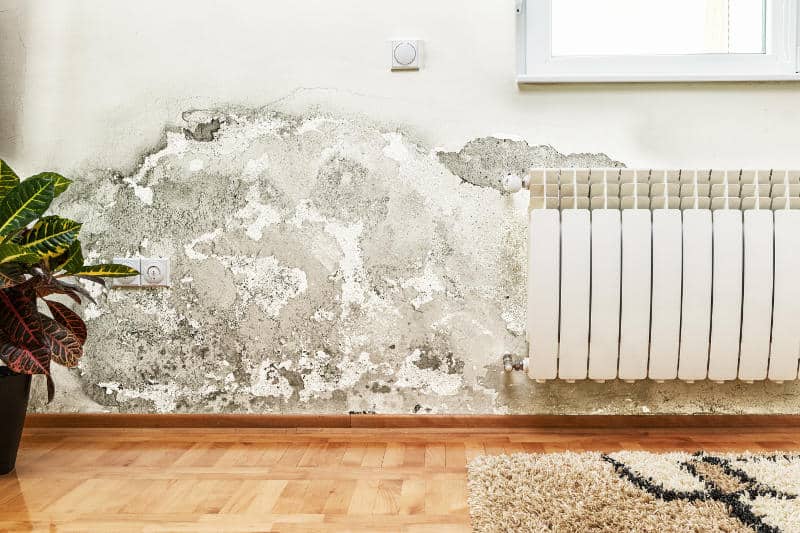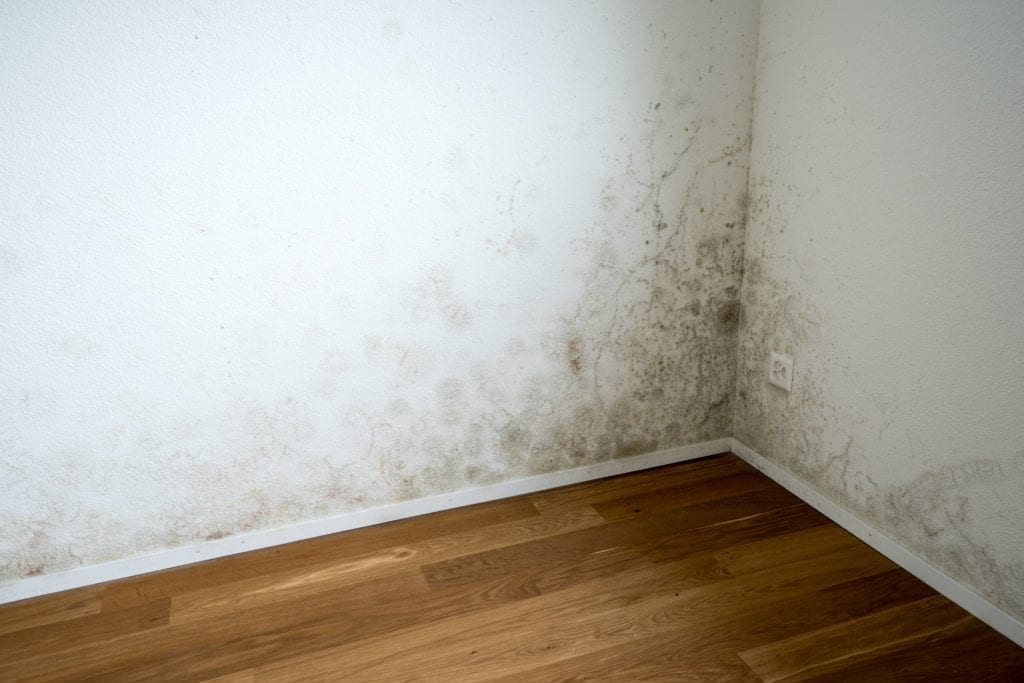Unmasking Wall Water Stains - Effective Checks And Repairs
Unmasking Wall Water Stains - Effective Checks And Repairs
Blog Article
What're your opinions on Indicators of Water Damage Behind Walls?

Water spots on wall surfaces are not pleasant to the eyes. Your house must lack stains on the walls, roofing system, or floorings. That is the excellent state of a home as well as its frameworks. Yet, occasionally it appears virtually inevitable to experience water spots on walls in houses.
House owners staying in moist regions regularly take care of the concern of water discolorations on wall surfaces. Yet that does not need to hold true for you. With exact and also well-shaped details on the sources of water discolorations and also punctual repair service processes, you will always be a step ahead of such occurrences. This write-up assures to be a handy overview for you.
3 Common Causes of Water Discolorations on Wall Surfaces
As opposed to popular belief, water discolorations on wall surfaces do not always stem from inadequate building materials. There are numerous root causes of water spots on walls. These consist of:
Moist
When hot wet air consults with dry cool air, it triggers water droplets to base on the walls of buildings. When there is steam from cooking or showers, this takes place in kitchen areas and washrooms. The water droplets can tarnish the surrounding walls in these parts of your residence as well as spread to various other locations.
Damp or condensation influences the roofing system and also walls of buildings. This triggers them to appear darker than various other areas of the house. When the wall is wet, it produces an ideal environment for the growth of fungis and microorganisms. These might have unfavorable impacts on health, such as allergies as well as respiratory system disorders.
Poor Drainage
When making a structure strategy, it is important to ensure sufficient drain. This will certainly prevent water from seeping into the wall surfaces. Where the drain system is obstructed or missing, underground moisture develops. This web links to too much moisture that you notice on the walls of your building.
The leading cause of wet walls, in this situation, can be a bad drain system. It can likewise result from inadequate monitoring of sewer pipelines that go through the structure.
Pipeline Leaks
The majority of residences have a network of pipes within the wall surfaces. This makes certain that the pipelines are faraway from the reach of devastating rats. It constantly boosts the feasibility of such pipelines, as there is little oxygen within the walls. This dissuades rust.
Yet, a disadvantage to this is that water leak influences the wall surfaces of the structure and also triggers extensive damages. An indication of defective pipes is the appearance of a water stain on the wall.
Pro Tip
A houseplant in your home additionally raises its moisture. If the house is already moist, you might desire to present houseplants with minimal transpiration. An example of suitable houseplants is succulents.
Water Discolorations on Wall Surface: Repair Service Tips
Home owners would usually desire a quick fix when managing water discolorations. Yet, they would quickly recognize this is counterproductive as the water stains persist. Below are a couple of valuable tips that will certainly assist you in the repair work of water discolorations on wall surfaces:
Final thought
Although no person wants to have water spots on walls in their home, it can occur to the best people. This write-up gives you utilize, as you now understand how to handle this problem if it does happen.
It is constantly best to recruit expert solutions to assist deal with the damages in your house.
Sometimes it seems practically inevitable to experience water spots on walls in homes.
Contrary to preferred belief, water discolorations on walls do not constantly stem from poor structure materials. There are numerous causes of water spots on wall surfaces. The water droplets can tarnish the surrounding wall surfaces in these components of your house and also spread to other locations.
Right here are a couple of valuable pointers that will assist you in the repair of water spots on wall surfaces:
CHECKING FOR WATER DAMAGE
Water damage can be costly, and it may begin before you even notice the first signs of trouble. Water damage can cause mold and mildew in your walls and floors, which can create an abundance of health concerns for your family. It can also lead to costly repairs of various appliances and general home fixtures. To avoid the pricey consequences of water damage, here are Warner Service’s top 5 places you should check:
The walls – The easiest place to spot the beginnings of water damage is on the walls and ceilings of your home. If water damage is present, there will most likely be water stains, especially around the windows and doorframes, and/or cracks in the drywall. If a stain looks unusual (discolored to brown, black or gray, raised texture), has a swollen appearance or is soft to the touch, contact a professional immediately. The pipes – To avoid water damage, consistently check the pipes in your kitchen (especially the dishwasher and ice maker), bathrooms, laundry room (specifically washing machines) and basement for corrosion, leaks and water stains. Pay special attention to where the pipes connect in your home and the location of caulking around the bathroom fixtures, including toilets, sinks, showers and tubs. Missing or loose caulking and grout could be signs of leaking water. This seepage can also quickly cause mold and rust, so double check your water heater and tank for wet spots on the floor. The floor – Water damage is very easy to spot on the floor. Look for any warping or buckling of the material, especially in the basement. If your home has wood flooring, look for bright white or dark stains. If your home has carpeting, keep it dry and clean. A damp carpet that smells of mold could cause water damage and health problems. To avoid this, consider installing floor pans under your appliances to help prevent damages from small, slow and undetected leaks. The basement and attic – If your basement or attic smells odd check for mold and mildew around the area, especially the valley where the roof meets. While you are inspecting those areas, check for wall cracks, floor stains, rust and dampness in the insulation. If you live in a colder and/or rainier climate, perform routine checks for water damage from melting snow or ice and rain. The exterior – Check the roof for damaged flashing and missing, cracked or curled shingles. There should also be no standing water anywhere outside your home. This could be caused by puddles, leaky rain gutters or hoses, poor drainage, or short gutter spouts. Invest in a sump pump system or water flow monitoring system, and perform routine maintenance on these outdoor appliances to avoid indoor water damage.

I found that post on Indicators of Water Damage Behind Walls while looking around the web. Appreciated our blog? Please share it. Let someone else discover it. Thank you for your time spent reading it.
Get A Free Quote
Report this page